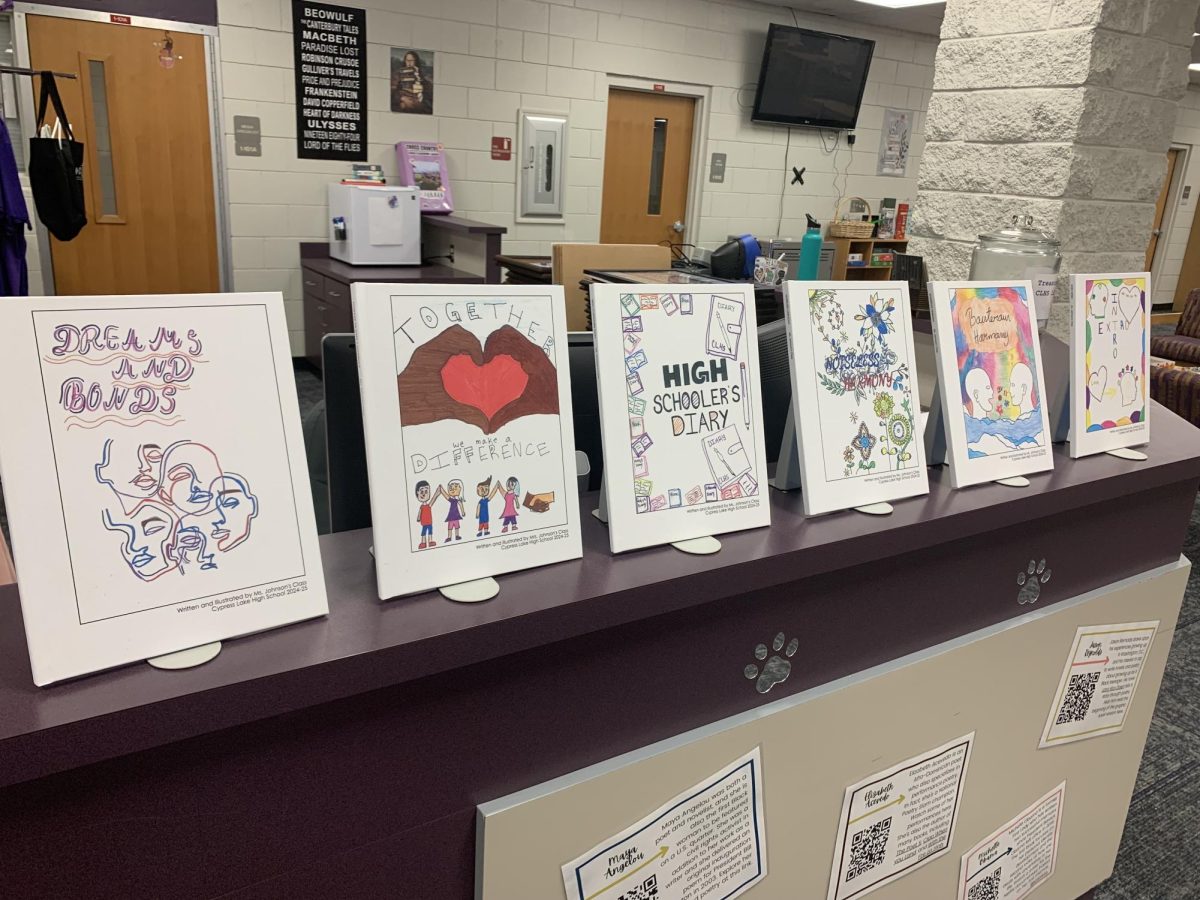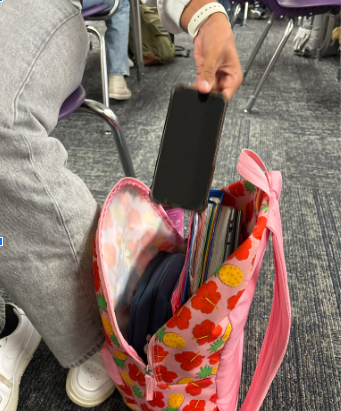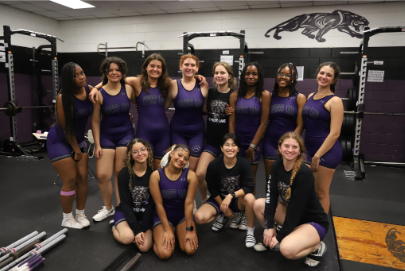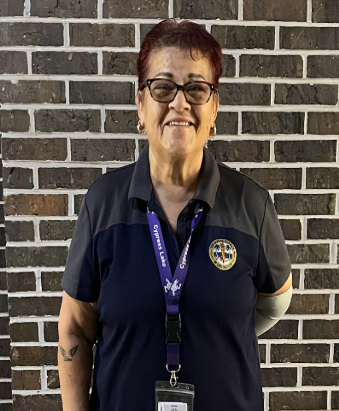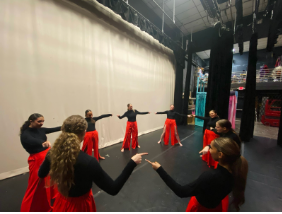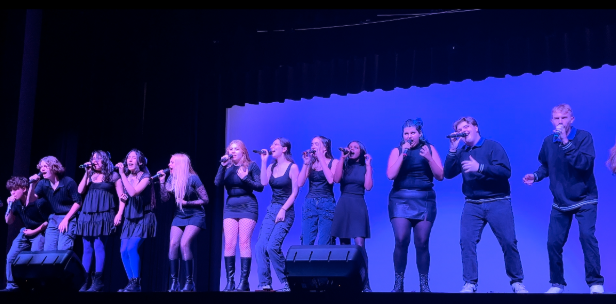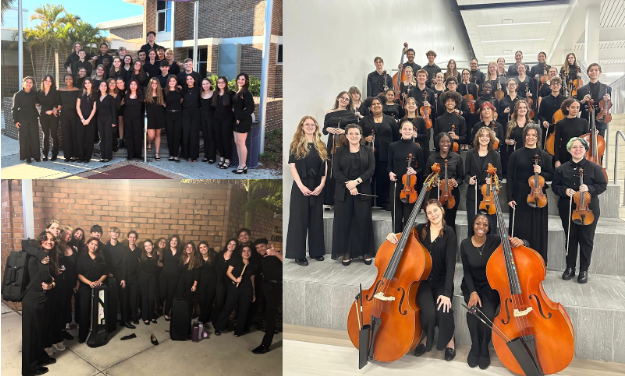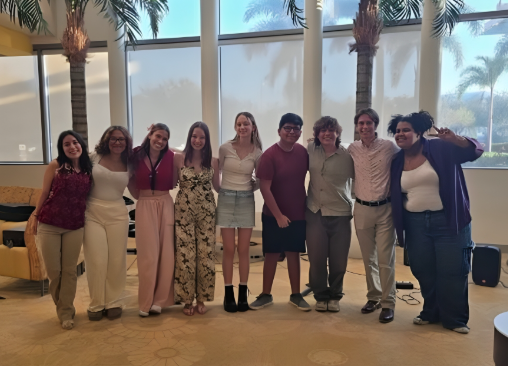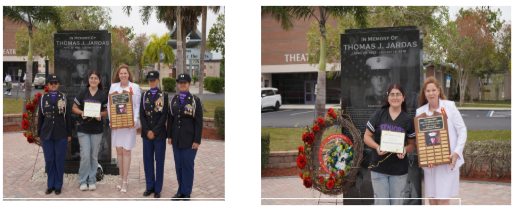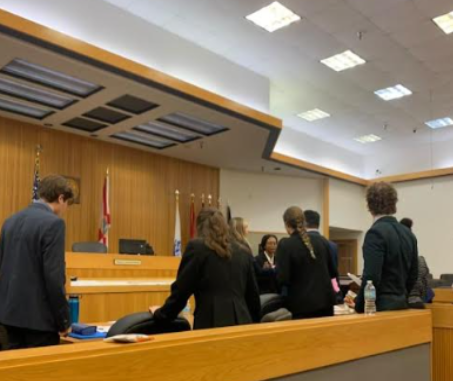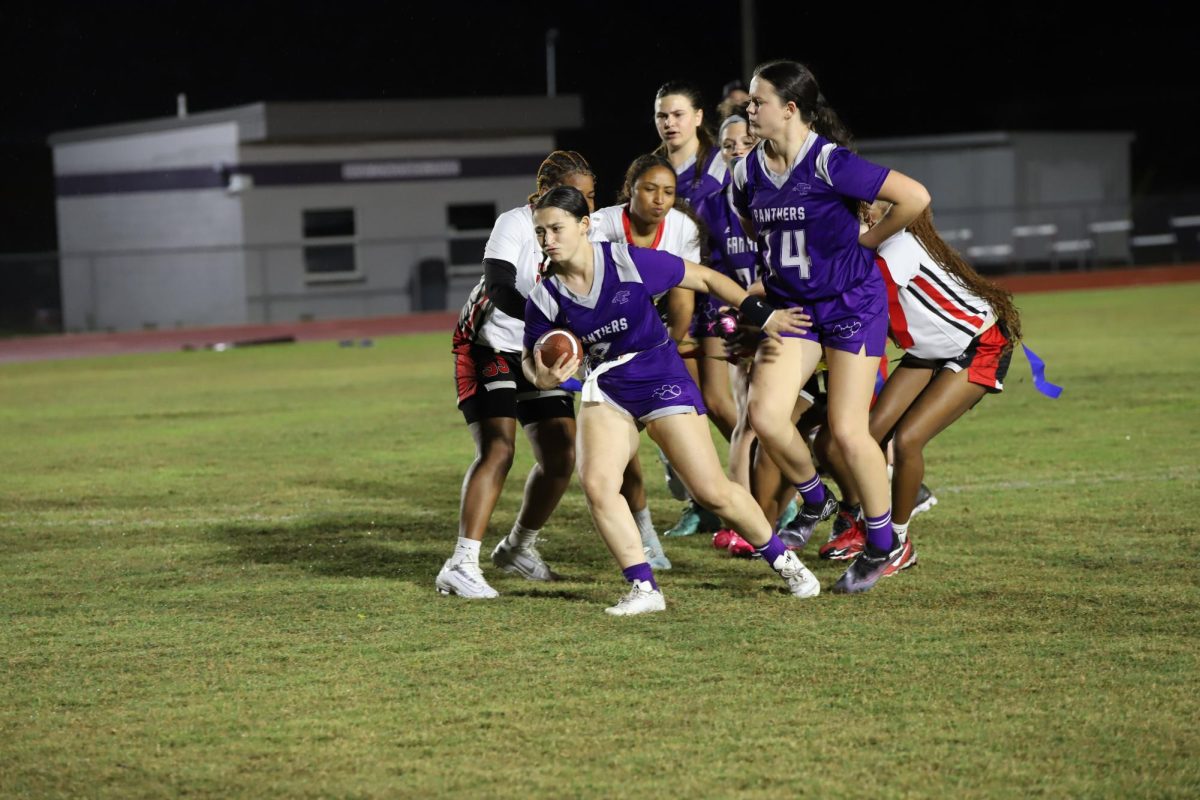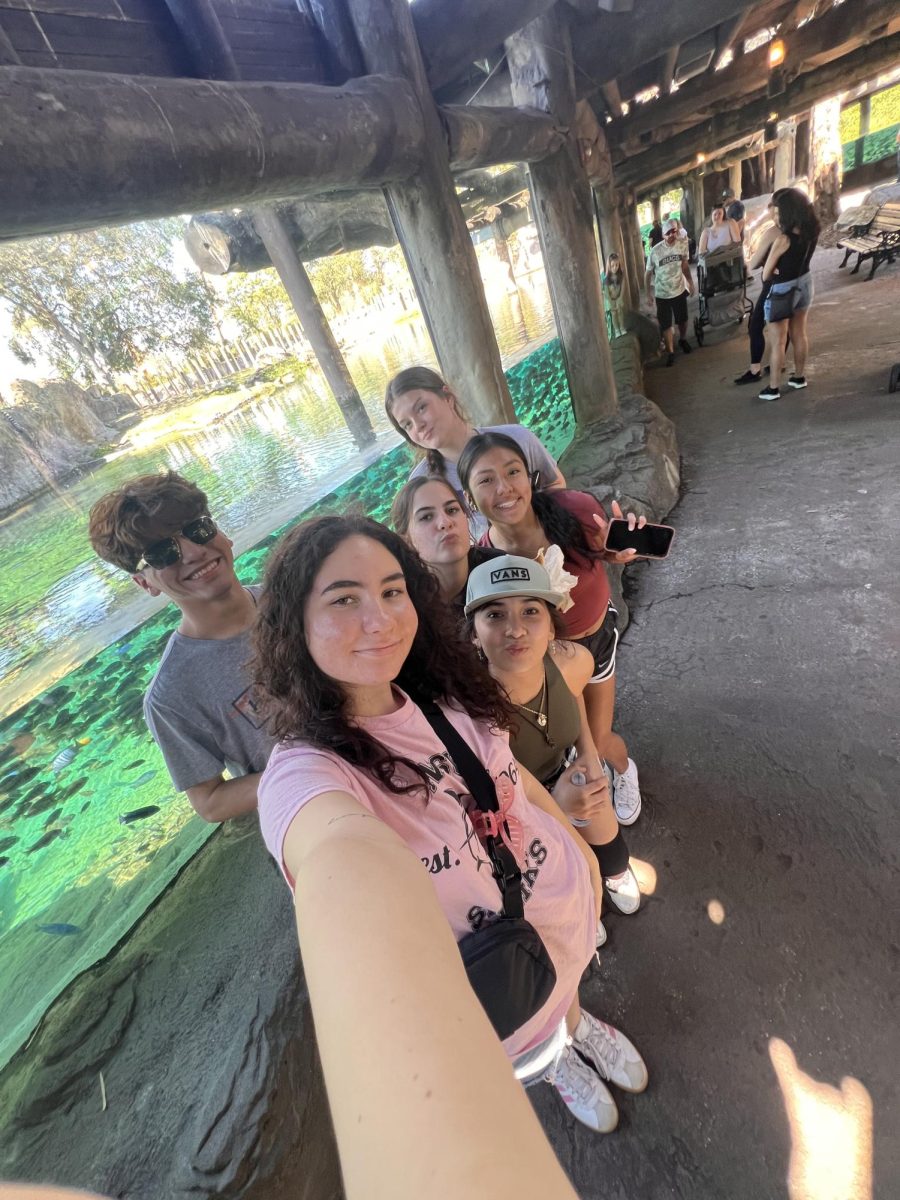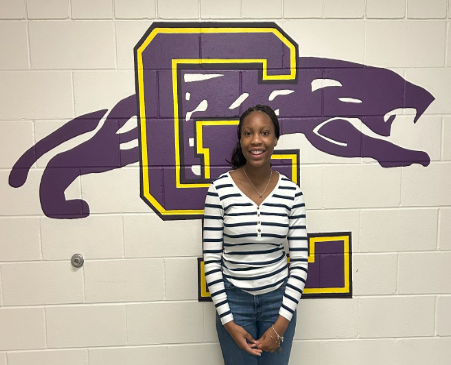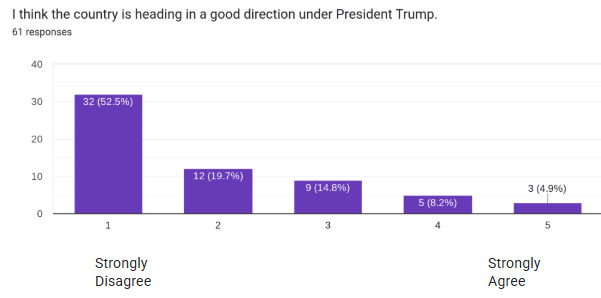Most students at Cypress probably don’t know me, so let me introduce myself. I’m a sophomore, and I transferred here over the summer from Lehigh Senior High School. To be honest, I didn’t want to leave, but I had to transfer because Cypress was closer to home. Changing schools is always an adjustment, but for me, it was more than just making new friends—it was stepping into a completely different environment.
One of the biggest differences I noticed was the diversity, or rather, the lack of it. At Lehigh, I was surrounded by people who looked like me and shared similar cultural experiences. There was a sense of familiarity and understanding that came naturally. But at Cypress, most of my classes had only a handful of Black students, and for the first time, I truly felt like a minority in my own school.
In Cypress’s defense, Lehigh has an 88% minority population, while Cypress has 57.58% minority population. While that’s still a majority, the difference is significant. I hadn’t fully considered how much of an impact those numbers could have on my experience, but once I got here, the difference was evident. It wasn’t just about who I saw in the hallways—it was about the conversations, the shared experiences, and the feeling of belonging that comes from being around people who truly understand you.
Curious to see if other students felt the same way, I conducted a survey about the Black experience at Cypress. The responses showed that I wasn’t alone. Students mentioned noticing the lack of diversity in their classrooms and feeling like Cypress could do more to celebrate and highlight different cultures—especially during Black History Month. Some students expressed that while Cypress is inclusive, there isn’t enough effort put into acknowledging the unique experiences of its Black students beyond surface-level representation.
One student, Ariya King, shared an idea that stood out to me. She suggested that Black students could take over the school news for a day to share their experiences, giving a firsthand perspective on what it’s like to be a Black student at Cypress. She also mentioned that different center majors could incorporate Black culture into their subjects and even prepare something for an assembly. These ideas aren’t just about visibility—they’re about education, appreciation, and creating a space where students can feel truly seen.
But in order to fully understand the Black experience at Cypress today, we need to look at the history of desegregation and segregation in Lee County. Florida fought school integration despite the Supreme Court’s 1954 Brown v. Board of Education decision. Legal pressure was necessary before Lee County started desegregating schools in 1964.
It was a gradual process and wasn’t easy. In 1969, the district closed Dunbar High School, which had served Black students for decades, and sent them to white schools, like Cypress Lake High School. This seemed like a step forward for integration but was flawed. Black students went to schools where they were often the only member of their own race, were subjected to discrimination.
Cypress Lake High School started in 1963, was no exception to these changes. For many years, Black students had a hard time feeling accepted. Although, Cypress is much more diverse today than it was in the early years of integration, some black students still find themselves “one of the few” in their classes.
While Cypress has made great strides from the early days of integration, the experience of minority students today shows that we still have work to do. This could include integrating more cultural history into lessons in positive and engaging ways, creating spaces for students to share their own experiences, and making sure school events represent the diversity of the students. This isn’t about being seen, but about making students feel included and showing them that their culture and history matter.
The reality is that Cypress has the opportunity to do more when it comes to celebrating diversity. The school has made efforts to be inclusive, but there’s always room for growth. By taking a more active role in highlighting all cultures, experiences, and achievements—not just during Black History Month or Hispanic Heritage Month, but year-round—Cypress can foster a stronger sense of belonging for all students. Initiatives like the ones suggested in the survey could be a great step toward making that happen.
At the end of the day, representation matters. When students see themselves reflected in their school’s culture, it makes a difference in how they feel walking into the classroom every day. Cypress has the chance to not only celebrate diversity but to truly embrace it in a way that is meaningful and lasting. So I am urging you to not just to glance at my article, but to allow my article to truly move you to take action.

